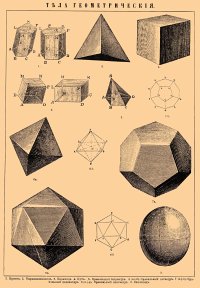
In 1688, John Locke received a letter from scientist William Molyneaux posing a curious philosophical riddle: Suppose a blind man learned to identify a cube and a sphere by touch. If the shapes were then laid before him and his vision restored, could he identify them by sight alone?
Locke responded, “Your ingenious problem will deserve to be published to the world,” and he included a formulation of the problem in the second edition of the Essay Concerning Human Understanding.
Three hundred years later, it’s still an open question. (Locke agreed with Molyneaux that the answer is probably no: “The blind man, at first sight, would not be able with certainty to say which was the globe, which the cube, whilst he only saw them; though he could unerringly name them by his touch, and certainly distinguish them by the difference of their figures felt.”)
